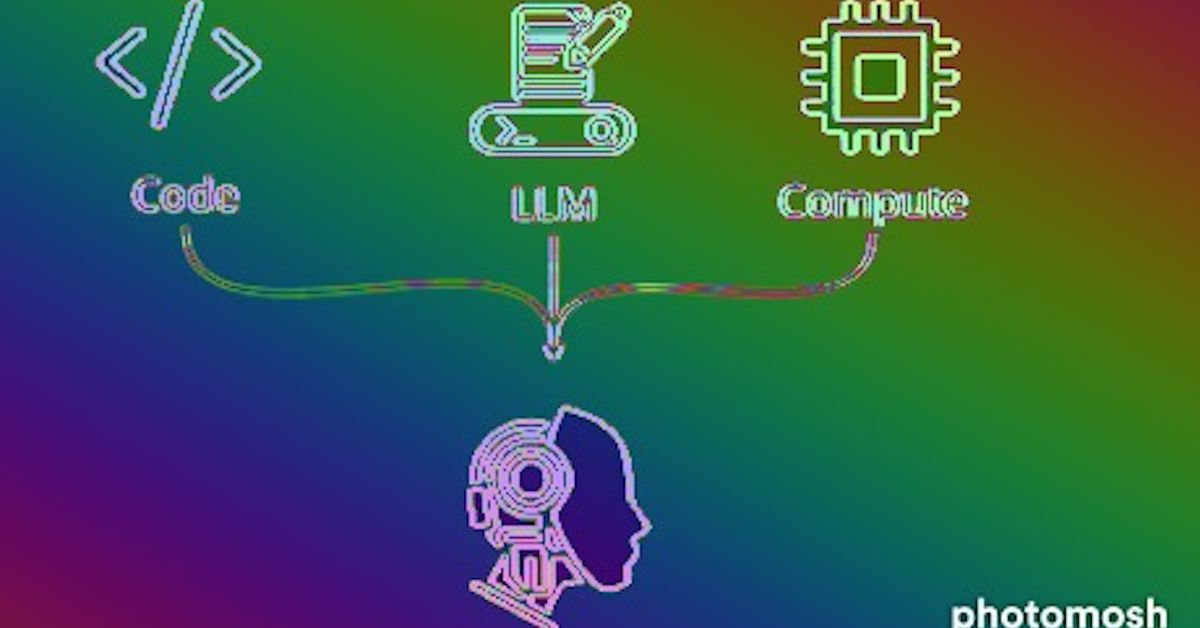Ren (REN) is an open protocol that aims to bring compatibility and liquidity to various blockchain platforms.
RenVM, Ren’s virtual machine mainnet, was released in May 2020, after the company completed a $34 million initial coin offering (ICO) in 2018.
The protocol’s native coin, REN, serves as a bond for the Darknodes or operating nodes that power RenVM.
Ren intends to increase the interoperability of decentralized finance (DeFi) and hence its accessibility by reducing the barriers to liquidity between blockchains.
What is Ren?
RenVM is a protocol that enables decentralized financial interoperability (DeFi). The simplest way to make sense of RenVM is as a custodian that holds your digital assets while they move across blockchains. RenVM accepts BTC, retains it, and then mints it as an ERC20 (i.e., renBTC) on Ethereum with a 1:1 ratio, ensuring that your renBTC is always supported by the same amount of BTC.
Almost any digital asset and smart contracting platform may benefit from this strategy.
RenVM accomplishes interoperability and breaks down these obstacles by acting as a “universal translator” or adaptor. It translates the blockchain’s native format to the format required by the destination chain.
Ren: roots and history
Taiyang Zhang and Loong Wang, both software developers, launched Ren in 2017. The platform, which was formerly known as Republic Protocol, was renamed Ren in 2019.
Ren had a private sale in 2018, selling 56.5 percent of its REN coin supply for $28.9 million in ETH. Polychain Capital and FBG Capital were among the investors in the deal.
Ren then went on to sell 8.6 percent of the token supply in a public token sale, generating $4.8 million in ETH.
In all, 65.2 percent of REN tokens were sold in multiple transactions, raising over $30 million. The rest of the tokens went to the team and advisers (19.9%), community development (5%), and a business reserve (9.9%).
How does Ren work?
Ren software employs a proprietary virtual machine to organize and execute its complicated tasks, which then publishes its smart contract code to the Ren network.
Virtual machines are emulations of real computers that can execute computation over a dispersed network without disclosing the underlying information.
Ren’s virtual machine does this by combining zkSnarks, a transaction-shielding cryptographic mechanism pioneered by Zcash, with the Shamir Secret Sharing Scheme, which fragments orders to withhold information from nodes.
According to the Ren developers, this architecture allows anybody with access to Ren to finance an application on any blockchain without revealing personal or transactional information.
DarkNodes, a network of computers, keep the Ren virtual machine running. A DarkNode can be managed by anyone who has a sufficient number of REN tokens locked up in smart contracts.
Ren DarkNodes support the Ren virtual machine by providing bandwidth, processing power, and storage capacity to the network, allowing users to transfer crypto-assets between blockchains.
DarkNode operators receive incentives in the form of REN tokens in return for assisting in the network’s maintenance.
The Ren virtual machine takes tokens on one chain and produces new tokens representing the original ones on another chain via its RenBridge to transfer assets between blockchains.
A user can, for example, submit bitcoins to the RenVM, which then produces a new Ethereum token called renBTC that represents the original bitcoins. The original coins are stored in the Ren virtual machine, allowing the operation to be reversed when the user desires to collect their bitcoins.
The Ren virtual machine will be able to convert Bitcoin, Bitcoin Cash, and Zcash to Ethereum by 2020. Since the Ren virtual machine was deployed in May 2020, over $1.2 billion in assets have been traded.
Why choose Ren?
The Ren network’s native cryptocurrency, REN, is required to pay for operations.
Operators of DarkNodes must stake 100,000 REN in order to run a node. The number of viable DarkNodes is restricted since REN tokens are required to run a DarkNode, and REN has a total fixed quantity of 1 billion REN, which might help raise demand for REN tokens.
It’s worth noting that, unlike other cryptocurrencies, users don’t have to acquire or possess REN to utilize its network. Rather, consumers pay fees in the cryptocurrency of the blockchain they’re using to perform their business.






